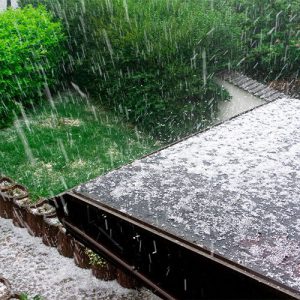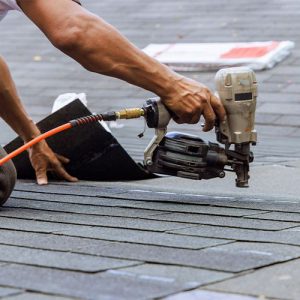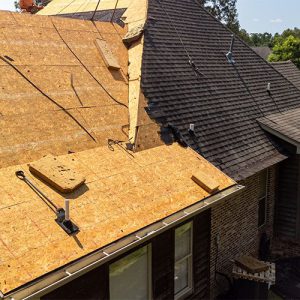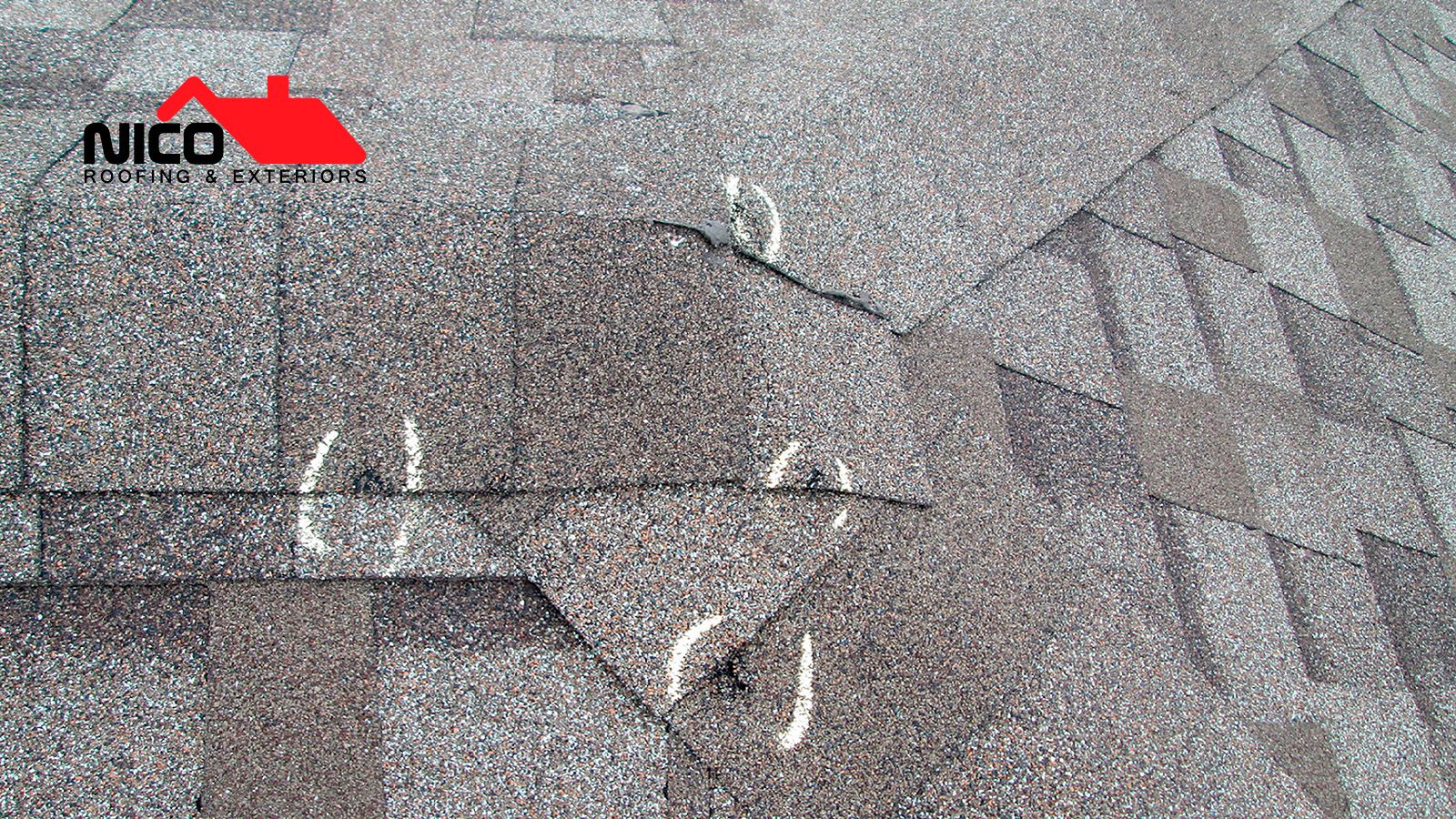The Impact of Hail Damage on Roofing: How to Protect Your Home
September 23, 2024Hail is a common weather phenomenon that occurs during thunderstorms, causing ice pellets to fall from the sky. While hail may seem harmless, it can actually have a significant impact on your home’s roofing system. Hailstones vary in size and can range from tiny pea-sized pieces to large golf ball-sized chunks. When these hailstones hit your roof, they can cause damage that may not be immediately noticeable but can lead to major issues over time.
Explore Different Shingle Materials
One of the most common effects of hail damage on roofing is shingle bruising. This occurs when hailstones hit the shingles with enough force to create small dents or bruises. These bruises may not be visible at first, but they weaken the shingles and make them more susceptible to future damage. This type of damage can also compromise the integrity of your roof, leading to leaks and water damage.
Another effect of hail damage on roofing is granule loss. Asphalt shingles are coated with granules that protect them from UV rays and other elements. When hail hits these shingles, it can knock off these protective granules, leaving the underlying asphalt exposed. Over time, this can lead to deterioration and premature aging of the shingles.
In severe cases, hail can even cause cracks or punctures in your roof’s surface. This type of damage is more obvious and often requires immediate repair or replacement to prevent water from seeping into your home.

Steps for Protecting Your Roof From Hail Damage
The good news is that there are steps homeowners can take to protect their roofs from potential hail damage. One effective way is by installing impact-resistant shingles. These types of shingles are made from durable materials such as rubber or metal, which are better able to withstand the impact of hailstones. While they may be more expensive than traditional shingles, the long-term savings in potential repair costs make them a worthwhile investment.
Regular roof maintenance is also crucial in preventing and addressing hail damage. Inspect your roof at least twice a year or after severe weather events to check for any signs of damage. Be on the lookout for bruised or missing shingles, granule loss, and cracks or punctures. If you notice any of these issues, it’s best to have a professional roofer assess the damage and make necessary repairs.
Trimming trees near your home can also help protect your roof from hail damage. Overhanging branches can act as projectiles during a storm and cause significant damage to your roof if they come into contact with it. Keep trees around your home well-maintained and trimmed back to prevent this type of damage.

Dealing with Hail Damage: Repair vs Replacement
In some cases, despite taking all necessary precautions, hail may still cause damage to your roof. When this happens, it’s essential to address the issue promptly to prevent further damage and ensure the safety of your home.
Minor hail damage, such as bruised or missing shingles, can often be repaired by a professional roofer. However, if the damage is extensive or has compromised the integrity of your roof, replacement may be necessary. It’s crucial not to delay in making repairs or replacements as even minor issues can quickly escalate into larger ones that are more costly to fix.
When dealing with insurance claims for hail damage, it’s essential to document all visible signs of damage and have a professional assessment done by a qualified roofer. This information will be helpful in filing an accurate claim and ensuring you receive proper compensation for any repairs or replacements needed.

In conclusion, hail can have a significant impact on your roofing system and should not be taken lightly. Understanding the potential effects of hail damage on your roof and taking preventative measures can save you time, money, and stress in the long run. Regular maintenance and prompt repairs or replacements when necessary are crucial in protecting your home from the destructive effects of hail. By following these steps, you can ensure that your roof remains strong and stable, providing you with the necessary protection for years to come.

